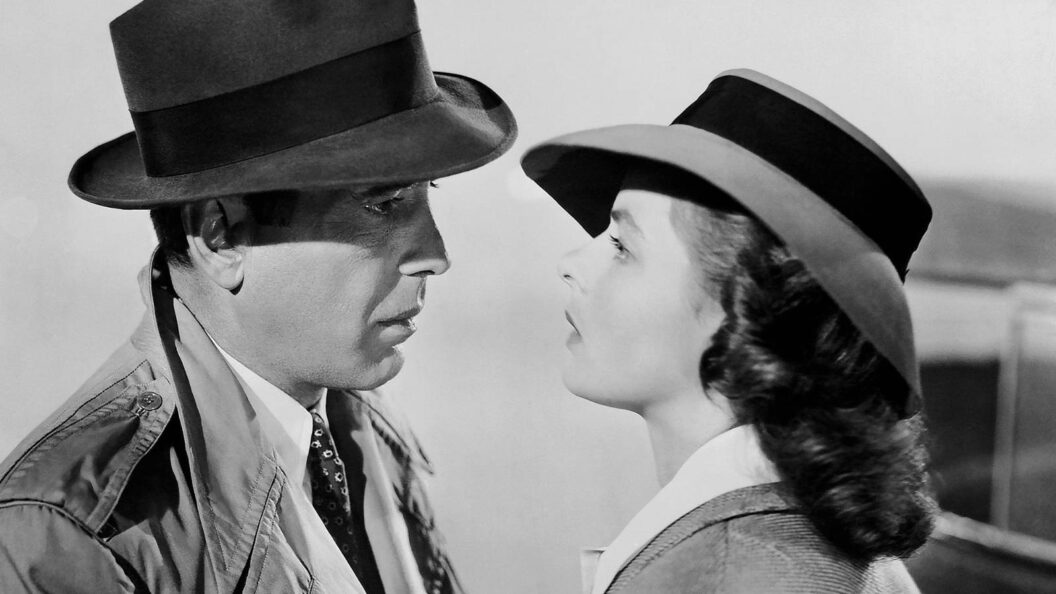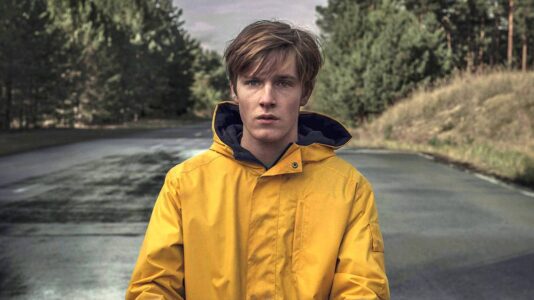The Power of Legendary Movie Endings: A Look at Cinema’s Most Iconic Closures
A movie’s ending carries immense significance, often serving as the final impression that audiences take away with them. The last scene can transform a good film into a memorable experience, marking it as legendary. In the landscape of cinema, certain endings have not just transcended their narratives but solidified their places in film history. Here, we explore some of these iconic closing moments.
Iconic Ends of the 21st Century: "Inception" (2010)
Christopher Nolan reigns as a cinematic titan, and his film "Inception" represents his mastery of storytelling. This sci-fi heist thriller intricately blends action with thought-provoking concepts. The film culminates in an ambiguous ending, where the protagonist Cobb, played by Leonardo DiCaprio, spins his totem—a small top—leaving viewers questioning the boundary between dreams and reality. This moment is regarded as one of the most legendary final scenes in 21st-century cinema, encapsulating the film’s themes and leaving the audience in suspense.
Classic Horror and Groundbreaking Narratives: "Psycho" (1960)
Alfred Hitchcock’s "Psycho" is a cornerstone of the horror genre. The film’s conclusion features a long exposé delivered by a psychiatrist, which, while divisive, is punctuated by the chilling image of Norman Bates’s psychosis. As Bates sits in a police station, the haunting echo of his mother’s voice adds a layer of darkness to the already unsettling atmosphere. This ending scene has become iconic, defining Hitchcock’s legacy in suspenseful storytelling.
Advocacy for Humanity: "The Great Dictator" (1940)
Charlie Chaplin’s "The Great Dictator", his first talkie, is an audacious statement against totalitarianism. The film’s climax features Chaplin delivering a powerful speech that advocates for freedom and humanity. This moment stands as one of the finest in cinematic history, showcasing Chaplin’s ability to blend humor with critical social commentary.
A Classic Christmas Tale: "It’s a Wonderful Life" (1946)
Frank Capra’s "It’s a Wonderful Life" explores themes of mental health and the value of life. The film ends with a joyful reunion, as George Bailey, played by James Stewart, is embraced by his friends and family during Christmas time. This uplifting conclusion not only delivers warmth but serves as an affirmation of the importance of community and love.
Epic Character Studies: "The Godfather Part II" (1974)
Francis Ford Coppola’s "The Godfather Part II" expertly juxtaposes Michael Corleone’s present with Vito Corleone’s past, culminating in a poignant scene of Michael alone by a lake after having a close family member killed. This layered ending highlights the isolation that power brings and remains a powerful moment in filmmaking.
Twists in Narrative Form: "Pulp Fiction" (1994)
Quentin Tarantino’s "Pulp Fiction" concludes with an epilogue that loops back to the opening scene, merging fate and choice. Samuel L. Jackson’s character, Jules, dissects his life during a tense diner hold-up. This circular narrative device showcases Tarantino’s mastery of structure and dialogue, proving impactful and memorable.
Dark Noir and Tragedy: "Chinatown" (1974)
Roman Polanski’s "Chinatown" is celebrated for its bleak undertones, culminating in a crushing realization of loss and separation. The infamous line, “Forget it, Jake. It’s Chinatown,” resonates as a warning against the despairing realities of life, ending the film on a despairing note that embodies the darkness of the narrative.
Timeless Romance: "Casablanca" (1942)
In Michael Curtiz’s "Casablanca," the final farewell between Rick and Ilsa distills profound themes of sacrifice and love. Rick’s decision to let Ilsa go, coupled with the memorable line, “Here’s looking at you, kid,” becomes emblematic of timeless romance set against the backdrop of war.
The Legacy of "Citizen Kane" (1941)
Orson Welles’s groundbreaking film "Citizen Kane" closes with the enigmatic revelation of Rosebud, a sled symbolizing lost innocence. This ending invites endless interpretation, establishing the film as a canvas for cinematic debate and analysis. The complexity and nuance of its conclusion have made it a subject of scholarly interest for decades.
The Pinnacle of Cinematic Endings: "The Godfather" (1972)
Often hailed as the greatest film of all time, "The Godfather" features an ending where Michael Corleone solidifies his place as the new Don. As family ties fracture, the visual of Kay watching the door close symbolizes both endearment and betrayal. This powerful conclusion not only brings closure to the story but reinforces the themes of family loyalty and moral decay, solidifying its status as a masterpiece.
Conclusion
The exploration of these film endings illustrates their pivotal role in storytelling, often serving as the lens through which the entire narrative is analyzed. These legendary scenes not only elevate their respective films but also leave lasting impressions in the collective memory of cinema enthusiasts. As the industry evolves, the significance of these endings remains profound, reminding us that the last moments often linger long after the credits roll.









